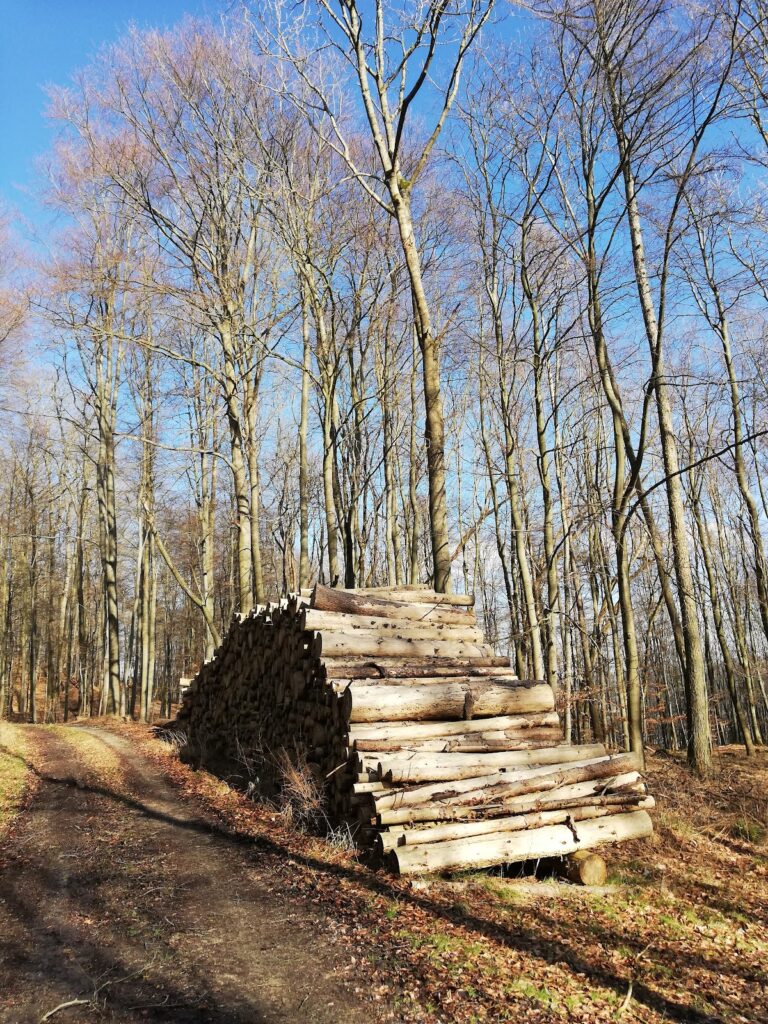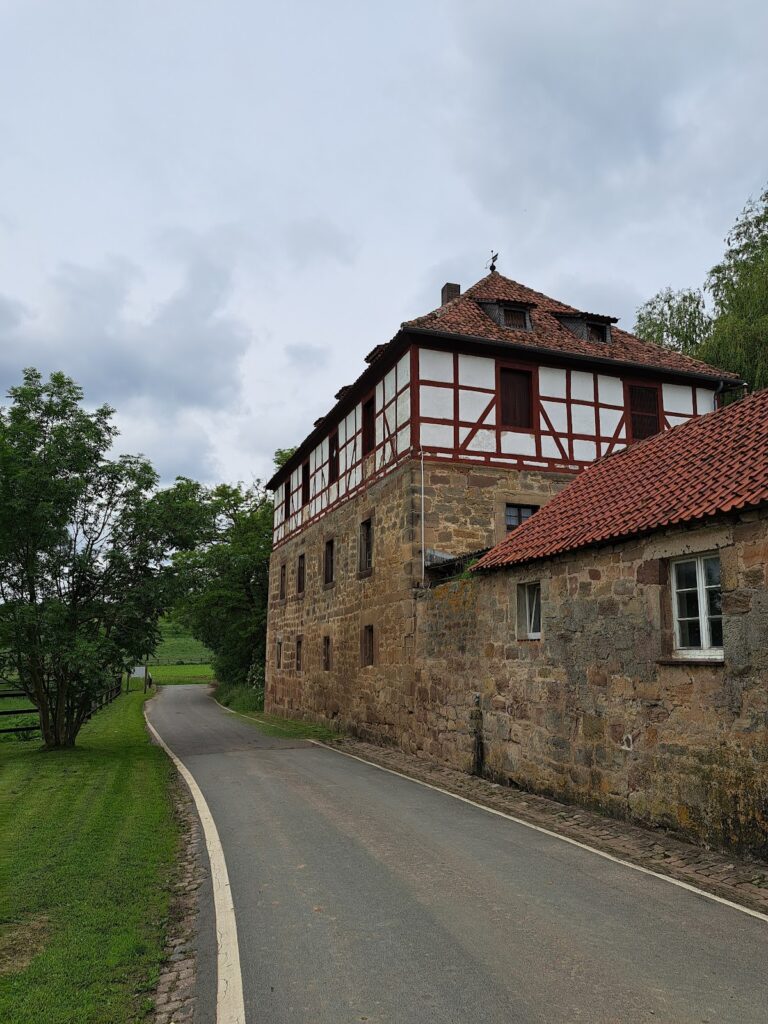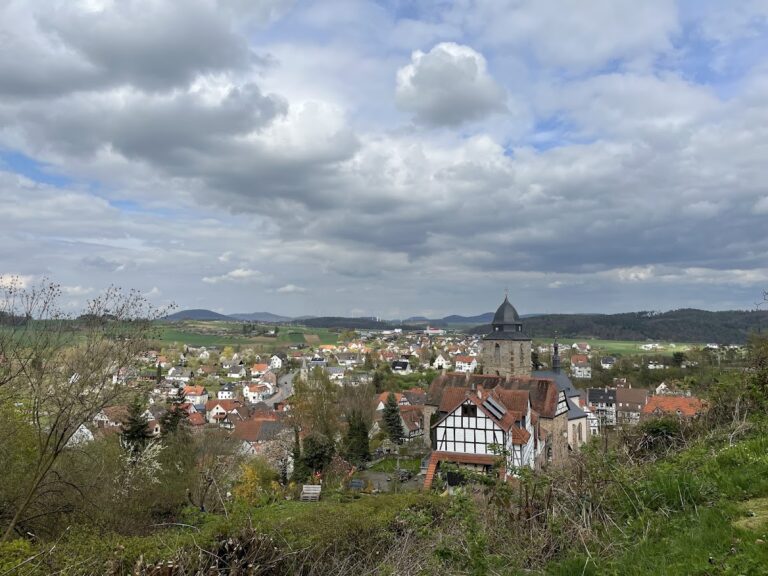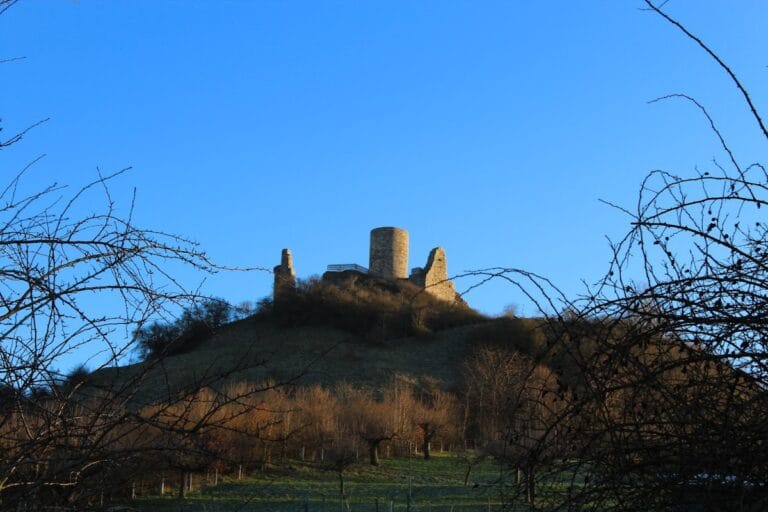Burgruine Großer Gudenberg: A Medieval Fortress Ruin in Germany
Visitor Information
Google Rating: 3.8
Popularity: Very Low
Google Maps: View on Google Maps
Country: Germany
Civilization: Unclassified
Remains: Military
History
Burgruine Großer Gudenberg is a medieval fortress ruin situated near the town of Zierenberg in Germany. It was constructed by the Hessian nobility during the Middle Ages and played a role in the region’s feudal landscape.
The castle was first officially recorded in 1209, although its origins date back somewhat earlier when Count Werner IV of Hesse is believed to have established it. Initially, the stronghold functioned as a fiefdom under the authority of the Electorate of Mainz, a significant ecclesiastical territory within the Holy Roman Empire. Over the centuries, ownership passed chiefly to two noble families: the Groppe von Gudenberg and the Wolff von Gudenberg. The precise nature of their relationship, as well as their connection to the lords of the nearby Kleiner Gudenberg castle, remains unclear.
During the late 13th century, the castle became involved in regional conflicts. Between 1269 and 1272, hostilities erupted between Landgrave Henry I of Hesse and Archbishop Werner von Eppstein of Mainz. The fortress was destroyed in this period, though sources differ on the responsible party. Some accounts attribute the destruction to Henry I’s forces during military operations, while others suggest that following the departure of his troops, the castle was plundered and ruined by outlawed knights. After this destruction, the castle did not regain its former stature.
The Groppe von Gudenberg family line ended at the close of the 14th century in 1398. In contrast, the Wolff von Gudenberg family has maintained continuity and remains extant today. Despite these ongoing noble presences, the castle itself remained in ruins following the 13th-century conflicts and was never rebuilt to its original condition.
Remains
The Burgruine Großer Gudenberg consists of a unique double hill castle complex, with two adjacent strongholds separated by a narrow ditch running in a northwest to southeast direction. This dual arrangement is uncommon and demonstrates an impressive defensive design adapted to the natural terrain of the hill.
The larger of the two castles, situated to the northeast, is shaped almost like a rectangle. Archaeological remains include parts of what appears to have been a bergfried—a main tower typically used for defense and as a lookout. Additionally, fragments of walls from a palas, the main residential building within a castle, have been identified. These surviving sections provide valuable insights into the original layout and construction.
The smaller southeastern castle was nearly circular in form. Today, no above-ground structures survive from this portion, leaving its precise details to archaeological interpretation. Both castles were encircled by a shared oval earthwork wall, a form of fortification made mainly from earth and stone, which extended further northeast at some distance from the main castle complex. These earthworks would have served as protective barriers against attackers.
Currently, the site preserves traces of its defensive features, including remnants of a moat, wall masonry, and earthen embankments that mark the original fortifications. The castle hill itself is a basalt cone covered in dense forest, situated within the northern section of Habichtswald Nature Park. Its rugged natural setting complements the surviving ruins.
Nearby, other medieval castle sites help define the strategic importance of the area. These include the ruins of Kleiner Gudenberg castle approximately 470 meters to the northwest, the Falkenberg castle ruins 2 kilometers to the north, and Escheberg castle about 3.6 kilometers to the north-northwest. An observation tower, standing 30 meters tall on Großer Bärenberg hill some 1.6 kilometers to the south, completes the local historical landscape. Together, the remains of Burgruine Großer Gudenberg contribute to a broader understanding of castle construction and feudal defenses in medieval northern Hesse.







